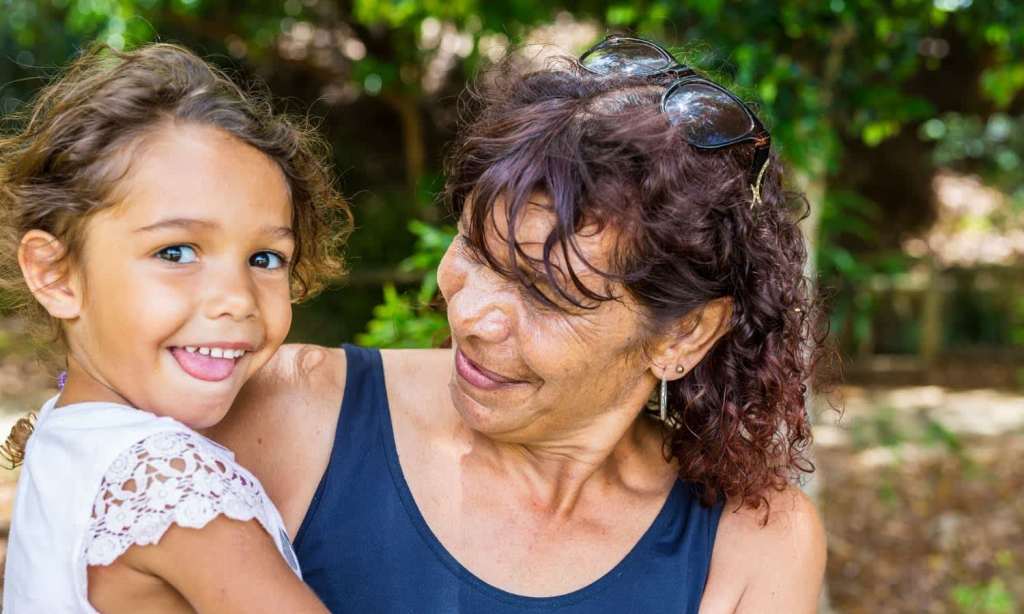With the cost of living continuing to rise, the federal government has delivered Australian families a range of sweeteners ahead of the upcoming 2022 election.
As part of Tuesday’s 2022-23 Federal Budget, Treasurer Josh Frydenberg updated the government’s paid parental leave scheme to offer 20 weeks of leave that can be accessed by either parent. In single-parent families, the primary caregiver will have access to all 20 weeks.
“More families will be able to access 20 weeks of leave and decide how they share it,” he said. “Single parents will be able to access the full 20 weeks.”
The changes to the paid parental leave scheme will cost $346.1 million over five years and are designed to give families more choices in who cares for newborns.
The current scheme gives primary caregivers (typically mothers) 18 weeks of paid paternal leave minimum wage with the option for their partner to take an additional two. Under the budget plan, the two schemes will be combined and parents will be able to decide how they split the 20 weeks.
Who Qualifies for Paid Parental Leave Eligibility?
Currently, families, where the mother earns less than $150,000, are eligible for paid parental leave.
The Australian government will be introducing a household income means test of $350,000 which means an additional 2200 families will be able to use the tax-funded leave each year.
How Much Is Paid Parental Leave After Tax in 2022?
Parental Leave Pay is currently $772.55 per week which is $154.51 a day before tax.
After tax, this amount totals approximately $678.55.
Childcare for Pre-school Aged Children
The government also announced that all pre-school aged children will have access to at least 15 hours of childcare a week as part of a $2 billion Preschool Reform Agreement and $279 million going towards COVID-19 support payments for childcare services which include business payments and support services via the Government’s Special Circumstances grants program and Community Child Care Fund.
Increased subsidies and the removal of the Child Care Subsidy cap is expected to see families save up to $2,260 per year on childcare costs, but the government acknowledges variables like household income and the number of children in child care could see this vary dramatically between households.
Improvements to Education
There’s also an additional $225.8 million going to schools to improve educational outcomes with a focus on disadvantaged students, which became a growing issue over recent years as millions of students were forced into homeschooling.
Single Parent Homeownership
Single parents hoping to enter the housing market will be eligible for one of the government’s Family Home Guarantees, which will allow up to 5000 single-income families to buy a property with a deposit of as little as 2%.
One-off Tax Bonus for Wage Earners Less Than $126,000
Finally, one-off tax bonuses of $420 for Australians earning less than $126,000 are likely to benefit thousands of families in the short term, as will the cut to the fuel excise that guarantees a saving of 22.1c per litre of petrol over the next six months.
Read all of our budget coverage, here.
Read more stories from The Latch and subscribe to our email newsletter.







